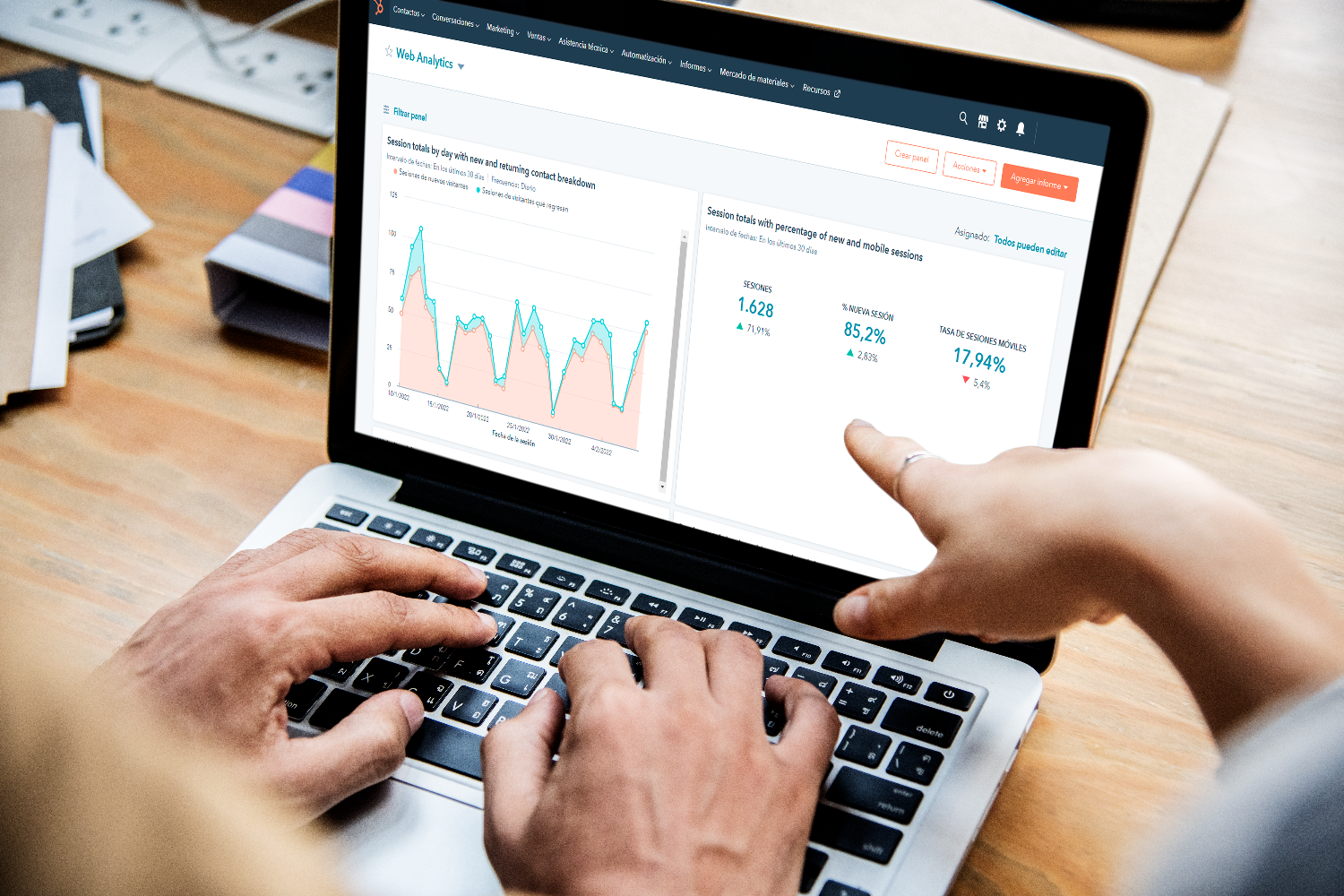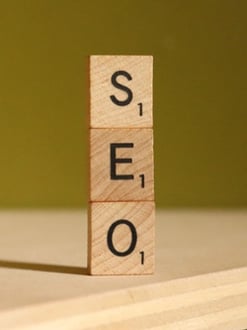
When starting a company, it is common to base Marketing efforts on a “point and shoot” approach to see what “sticks”. Testing and re-testing makes sense when you are trying to establish an initial customer base, but it can be too time-consuming to continue at scale.
So, is there a way to manage leads effectively and grow them sustainably? The answer is yes. What you need is a rock solid, scalable, and repeatable Demand Generation Engine.
According to HubSpot, 61% of Marketers consider generating traffic and leads to be their biggest challenge.
Why Inbound Marketing?
As your company grows, it makes sense at an early stage to invest most of your Marketing budget in advertising and Paid Media, but this is not a sustainable method in the long run. An effective Demand Generation Engine is not only about increasing your lead volume, but increasing the quality of those leads.
With Inbound Marketing, you can build a Demand Generation Engine that drives top-of-the-funnel lead engagement, guides them through the Buyer’s Journey, and converts them into customers at every stage.
Inbound Marketing is based around content creation, with content marketing generating 3x as many leads as outbound marketing at less than half the cost.
You’ll be attracting leads and customers organically and consistently by delivering high quality and relevant content all along the stages of the buying cycle. In parallel, a clear and defined lead scoring will help you keep track of their level of engagement and better guide them to the bottom of the sales funnel.
That content is related to the use and creation of organic resources, such as:
- E-books, whitepapers, case studies
- Social media content
- Blog posts
- Infographics, animations, video
To sum up, an Inbound Marketing strategy, when done right, captures the audience's attention in a non-disruptive way by bringing leads to you, and that achieves the goal of a scalable, repeatable Demand Generation Engine.

3 Steps for Building a Demand Generation Engine
- Enable Sales & Marketing Cohesion
Your Sales & Marketing teams are the “engine” of your Demand Generation Engine. In order to work efficiently and optimize their performance, they’ll need to be perfectly coordinated and unified, with a clear set of goals and working procedures.
As a Marketing Manager or Director, fragmented or unaligned departments are a recipe for disaster. Your Sales & Marketing teams must comfortable working together, have a clear set of goals and objectives, understand the purpose of your business, and coordinate their efforts.
- Choose the right Marketing Automation platform
One of the most overlooked and critical aspects when building a Demand Generation Engine is choosing the right Marketing Automation platform and knowing how to manage it properly to get the most out of it.
But why do you need a Marketing Automation platform?
- It will help automate many of your Marketing and Sales processes.
- It will give your team more time to focus on the overall strategy and nurturing the leads that show real promise.
- It will help you generate more prospects and customers in a simpler and faster way.
- It will bring you a richer, more detailed picture of customer behavior.
There are many reliable platforms in the Marketing Automation field, such as Marketo, HubSpot, Pardot, and many others. While most of them will serve their purpose, you need to keep in mind what are your needs and desires to help you choose the right one. It’s also highly recommended to know how to set up the platform and manage it properly in order to get the most out of it.

- Build your Demand Generation Strategy
Now, if you decide to outsourceyour Marketing department to a specialized agency, you will already have a proven process to follow, but not everyone has this luxury.
If you're going to do it yourself, let’s take a look at how to use Inbound Marketing tactics to ensure quality demand generation:
- Create a Road Map: Set up short & long-term goals, keep things simple to start out, and mainly focus on building a solid foundation that you can later adapt and expand.
- Determine your MQLs and SQLs: Ask yourself these questions: What constitute a Marketing Qualified Lead (MQL) or Sales Qualified Lead (SQL)? When does the leap between them happen? Determining these characteristics will help with coordinate ownership between Marketing and Sales players.
- Create Marketing Attribution Reports: Ask yourself these questions: how can you identify the channels that are generating the most leads? How can I measure my marketing and sales efforts? How can I value the impact of my strategy? Marketing Attribution Reports will help you understand the impact of a specific strategy towards a desired goal, usually related to a purchase, sale, or marketing action.
- Lead Scoring: Collect as much data as you can from your prospects, leads, and customers in each stage of the Buyer's Journey. Assign a score for each valuable action or behavior, such as visiting a web page or filling out a form. You'll get a better understanding of their level of engagement, and can follow up with only the most-engaged or highest-quality leads.

- Content is King: As previously mentioned, content is the core of the Inbound Marketing methodology and will help you achieve great results in the long run. Organic traffic will increase as long as you keep generating relevant content for your audience, always keeping SEO tactics in mind to improve your rank in SERPs. Factor in Social Media and Paid Media to get the exact right mix of traffic.
- Website & Blog: Having a great website and blog will increase your brand recognition and the level of confidence visitors have toward your business. Web assets are crucial to a demand generation strategy because they help you identify where you're driving traffic and what is the most demanded content.
- Database cleaning: Every so often, it's a good idea to remove old, incorrect, or uninterested leads. Set up lists and reports to clean your database and only keep leads that are of value to your business. As your database grows larger, it can be harder to manage, so make sure to perform database cleaning at least once per year.
Building a Demand Generation Engine with Inbound Marketing is attainable if you start small, stay consistent, test frequently, figuring out your most valuable channels, then focus on content and optimization. If you need help implementing Demand Generation in your business or want more information on an Automation Platform that best fits your needs, contact mbudo.

Leo Fornasari
Leo is a graduated student on Business Management collaborating with mbudo on Inbound content and campaigns. He learns more about Inbound each day by gaining more HubSpot certifications. Leo is passionate about different cultures and he prides himself on his language skills, which are important for foreign business relations.
It may interest you
LATEST
BLOG POSTS
SUBSCRIBE TO MBUDO BLOG
And get your inbound news directly in
your inbox, once a month.

